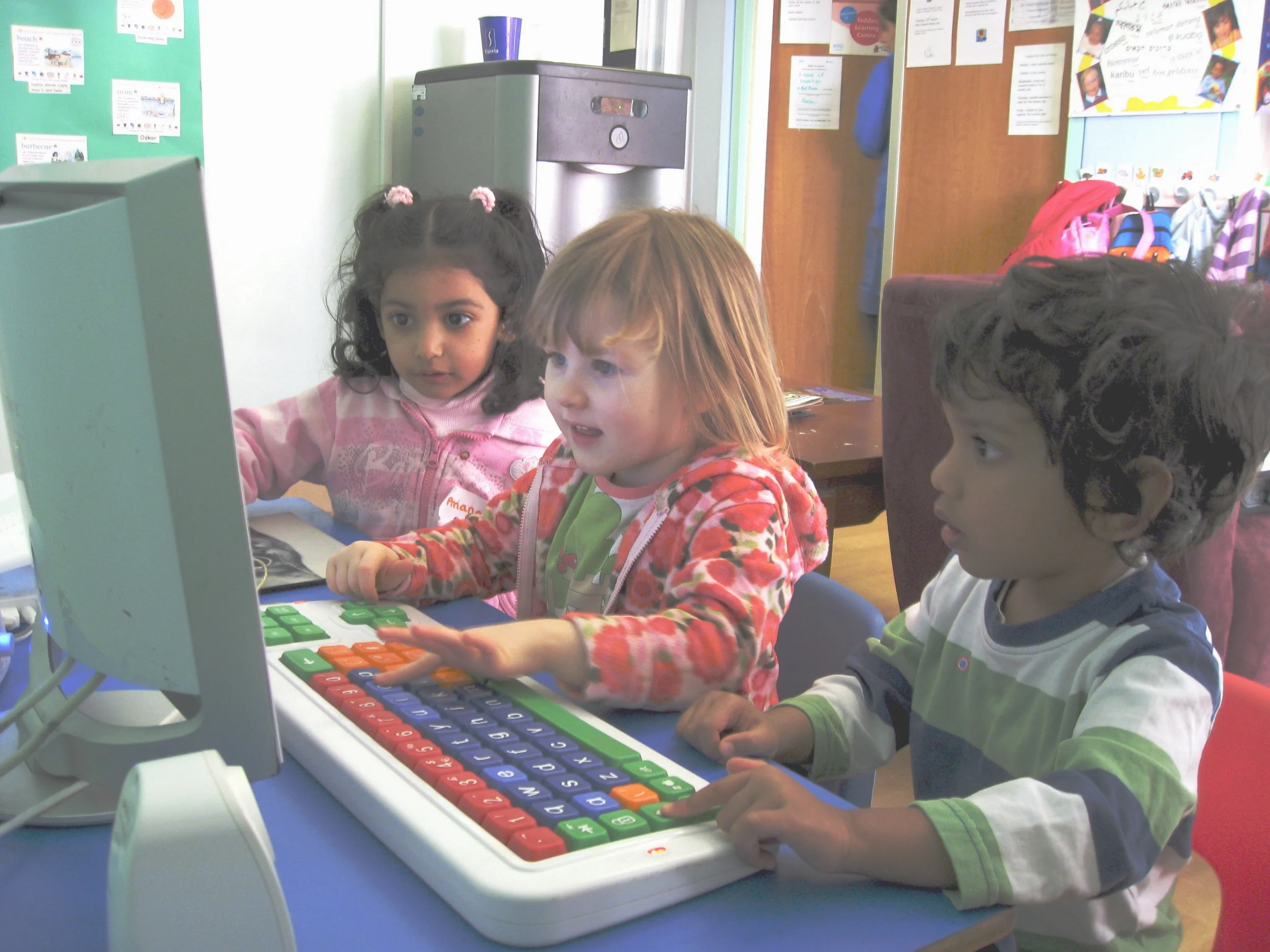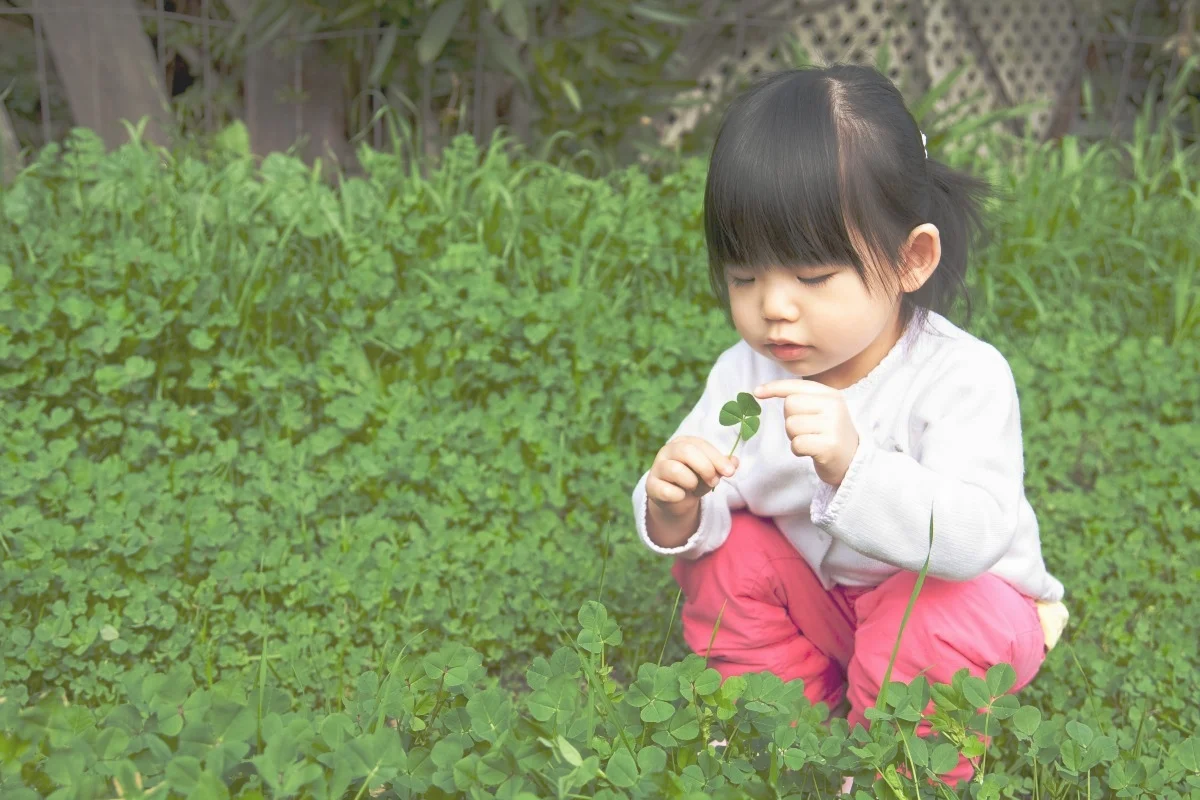Benefits of After-school for Low-income Students
By Angela Anderson — August 20, 2023
The research gathered four main themes throughout the articles, as reoccurring consensus concluded that student participation in after-school programs is largely associated with better behavior in school, better grades, better emotional adjustment, and better peer relations than students that don’t participate in after-school programs … Read More →
Implementing Social Justice Values into the Classroom Curriculum — By Angela Anderson
In 2020 we’ve seen racial tension comparable to the 1960’s Civil Rights Movement, with all the ugly stuff it involved; including police brutality, widespread riots, and modern-day lynchings. To deny that racism exists today is to turn a blind eye on a large systemic and communal problem. As educators and advocates for equality, the fight for the rights of our black students and the greater minority community is far from over … Read More →
Limits On Tech Time — By Stephanie Illescas
Although tablets are an easy, portable medium through which one could entertain a child and provide ways to learn their ABC’s and 1,2,3; it is important to remember to place a limit on the amount of screen time that children have in order to allow them to interact with their environment, with the people around them, so they grow up knowing that there are better things in the real world than the virtual one…
Read More →
What to Do When Your Child Comes Out — By Addison Gettenberg
So, your child has just come out to you as lesbian, gay, bisexual, transgender or questioning. Maybe you have always suspected that your child was LGBTQ but it had never become a reality until they sat you down at your kitchen table and came out. What do you do? How do you embrace who they are in the right way? … Read More →
¿Hablas Ingles? English as a Second Language — By Hallie Knotts
The first day of school can be tough. A new classroom, teacher and classmates can be a bit intimidating. But have you ever thought about the kids who don’t speak English as their first language? Imagine your first day at school as a non-native English speaker. … Read More →
-
2023
- Dec 19, 2023 What is Restorative Justice? Dec 19, 2023
- Nov 27, 2023 The Intersects of Chemistry and Physics Nov 27, 2023
- Oct 18, 2023 School-to-Prison Pipeline Oct 18, 2023
- Oct 11, 2023 Reforming School Discipline for a Better Learning Environment Oct 11, 2023
- Aug 20, 2023 Benefits of After-school for Low-income Students Aug 20, 2023
-
2020
- Jul 9, 2020 Implementing Social Justice in the Classroom Jul 9, 2020
-
2019
- Oct 1, 2019 Limits On Tech Time Oct 1, 2019
- Jul 17, 2019 Changing Sex Ed: Comprehensive Sexuality Education Jul 17, 2019
- Jun 16, 2019 Your family. My family. Our family. Jun 16, 2019
- Apr 17, 2019 Creating Creative Children Apr 17, 2019
-
2018
- Dec 31, 2018 Personalized Learning Playlists Dec 31, 2018
- Jul 16, 2018 What to Do When Your Child Comes Out Jul 16, 2018
- Apr 17, 2018 ¿Hablas Ingles? English as a Second Language Apr 17, 2018
- Feb 19, 2018 Coding In The Classroom Feb 19, 2018
- Jan 4, 2018 America’s Unbalanced Families Jan 4, 2018
-
2017
- Oct 29, 2017 Raising the Mindful Child Oct 29, 2017
- Aug 9, 2017 Public Schools vs. Charter Schools Aug 9, 2017
- Apr 21, 2017 Unfair School Funding Apr 21, 2017
- Apr 21, 2017 Unfair Funding - Part 2 Apr 21, 2017
- Apr 20, 2017 Unfair Funding - Part 3 Apr 20, 2017
- Mar 23, 2017 International Disparities in Education Mar 23, 2017
- Feb 23, 2017 After-School Programs Feb 23, 2017

























Over time, restorative justice evolved from a focus on responding to harm and conflict to a focus on building a healthy school culture. A restorative school culture recognizes that people and their relationships with each other form the cornerstone of both safety and learning. Advocates for this approach argue that by practicing restorative justice, educators can reduce the domino effect between suspension and incarceration (interrupting the school-to-prison pipeline), and foster a more inclusive school climate …